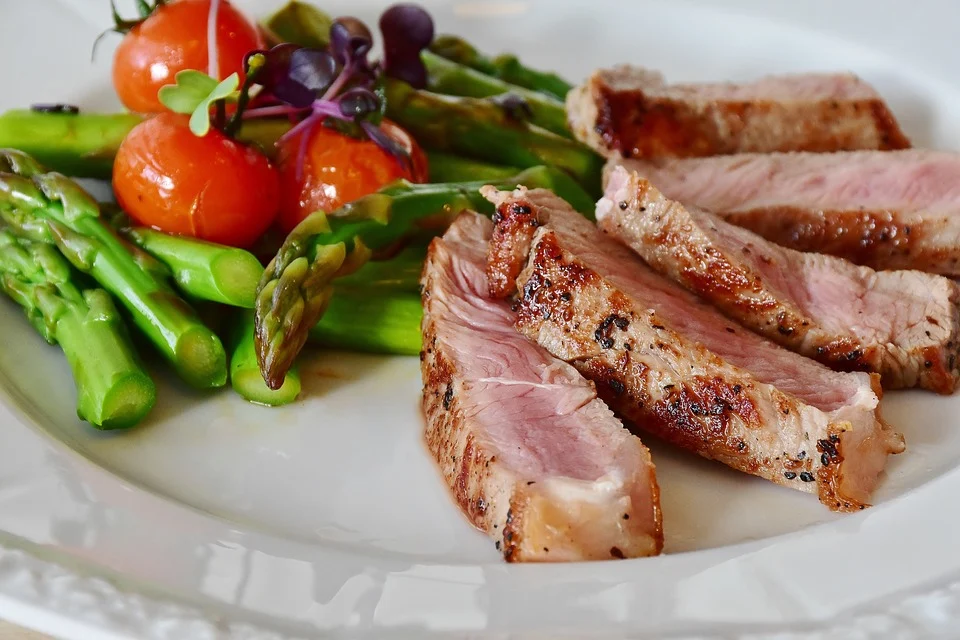The Paleo Diet and Your Fitness Goals
The Paleo Diet or Paleolithic Diet is designed to replicate the diet that the human body would have been using many centuries ago. It is widely believed that the human body has not yet adapted to ‘farming’ and the processed food we have available today. Instead, our bodies are still adapted as the “hunter-gatherers” that we were in the caveman days.

Degenerative Disease and The Paleo Diet
A lot of medical research highlights diet as the primary cause of many degenerative diseases and even depression in our modern society. Commonly available foods such as seafood, grass-fed meat, cultivated plants, and fruit are the basic staples of this diet. It focuses on what you can eat rather than when you can eat the food and in what amounts like a lot of other diets advocate.
While some of the foods are very fatty and high in carbohydrates (from vegetables and fruit) the theory says that mimicking the natural behavior of the caveman will be beneficial. If the carbs are not required they are stored for use later on. It is sensible to assume that weight would be gained, however, the hunter-gatherer of the past was very active and so it is important to also mimic this behavior. By exercising with a regular workout routine, the body will not gain weight as the stored fat will constantly be burned. In modern times, desk jobs are becoming more and more common, and constant physical exercise is removed from our daily routines. With this diet, it is imperative to replace a sedentary lifestyle.
Foods to Avoid in The Paleo Diet
With the diet mainly focused on excluding certain ‘modern’ foods, it is important to draw a line between what is and what is not allowed. Key things to avoid include; grains, dairy, sugars, starches, processed foods, and alcohol. These foods have all been manufactured to some extent and would not have been available to the caveman. Instead, the diet should focus on fresh fruit and vegetables, lean, grass-fed beef, poultry, fish, nuts, and eggs. As mentioned previously, the diet does not look to control the amount of these foods that are consumed or the ratio in which they are consumed. The diet focuses on improving overall well-being. Weight loss or weight control can be done by increasing or decreasing these amounts in sensible ways.
Health and Well-Being
The major benefit is long-term health and well-being. Research points toward diet being the primary cause of many ‘modern’ diseases such as diabetes, Parkinson’s, cancer, heart disease, and infertility. While many diets focus on weight loss, weight gain, lean muscle building, or increased energy levels, the Paleo Diet is simply ‘back to basics’ and lets nature take over in looking after the body.
Criticism
The main criticism of the Paleo Diet is that in modern society it is very difficult to follow. Processed foods are easily available and are a staple in our modern society. Eating the Paleo way can actually be very expensive and it will often require a trip to a farmer’s market in order to maintain this lifestyle. Critics have also labeled it as fear-mongering to vilify processed foods.

In my opinion, the Paleo diet is not healthy and it also slows down your metabolism. It is always better to avoid this type of diet and follow natural diets which includes all the healthy nutrients. Natural diets not only help you to lose weight but also keep you more healthy and energetic.